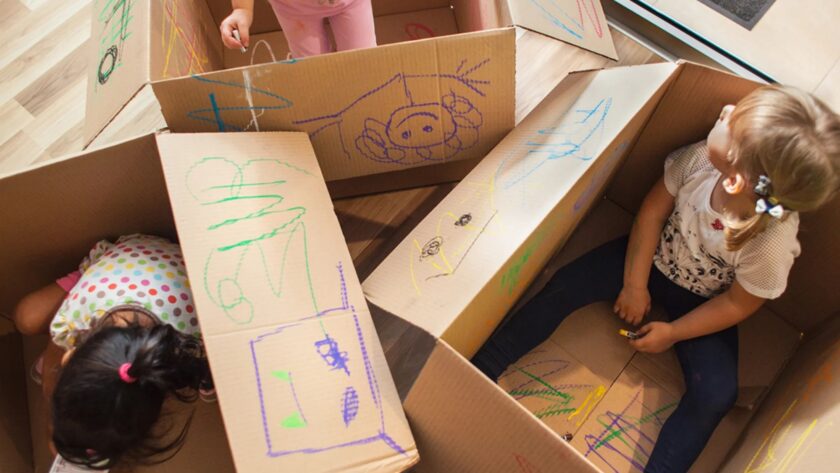Creativity is a precious gift that every child possesses. Nurturing and cultivating this innate ability can have profound and lasting effects on their overall development. Here’s how to encourage children’s creativity and the benefits of incorporating color into their creative journey.
Encouraging Open-Ended Play
Open-ended play is the cornerstone of nurturing creativity in children. Parents and caregivers can foster imaginative thinking by providing them with toys and materials that allow for limitless possibilities. Blocks, building sets, and art supplies become tools for self-expression, enabling kids to create, experiment, and dream without boundaries.
Cultivating a Curious Mind
Curiosity is a driving force behind creativity. Encouraging questions to explore the world around them ignites their innate desire to learn. Engage in conversations that spark curiosity, and be prepared to embark on journeys of discovery together. Nurturing their inquisitive nature will lay the foundation for a lifelong pursuit of creativity.
The Role of Color
Color is a powerful tool that can enhance creativity. Introducing children to a spectrum of colors stimulates their senses and inspires emotional responses. Whether through art projects, such as kits found on reallymaria.com, nature walks, or storytelling, exploring the world of color helps kids express their thoughts and feelings in unique and vivid ways. By incorporating color into their creative endeavors, children have a deeper understanding of the world.
Learning and Growing through Trial and Error
Mistakes are invaluable stepping stones on the path to creativity. Encourage kids to view missteps as opportunities for growth and learning. When they feel safe to take risks and make mistakes, children are more likely to explore new ideas and push the boundaries of their imagination. This resilience nurtures their creative confidence, allowing them to enthusiastically tackle challenges.
Building Collaborative Skills
Collaboration fosters creativity by exposing children to diverse perspectives and ideas. Engaging in group activities encourages them to communicate, negotiate, and compromise, all of which are vital skills for creative thinkers. When children collaborate, they learn to appreciate different viewpoints and develop the ability to synthesize multiple ideas into something entirely new.
Incorporating Creativity Has Far-Reaching Benefits
– Cognitive Development: Creativity stimulates critical thinking and problem-solving skills. Children learn to approach challenges from different angles, fostering mental flexibility and adaptability.
– Emotional Expression: Through creative activities, children can express complex emotions that might be difficult to articulate verbally. This emotional outlet promotes self-awareness and a healthy means of processing feelings.
– Confidence and Self-esteem: Successfully completing creative projects boosts a child’s self-confidence. Seeing their ideas come to life instills a sense of accomplishment, which translates into a positive self-image.
– Communication Skills: Creative pursuits encourage children to share their thoughts and ideas with others. Articulating their vision and explaining their creations to peers and adults enhances their communication skills.
– Relaxation and Stress Relief: Engaging in creative activities can be a form of relaxation and stress relief for children. It provides a healthy outlet for pent-up energy and helps them unwind.
In conclusion, fostering creativity in children is a multi-faceted journey that involves encouraging open-ended play, nurturing curiosity, embracing mistakes, and promoting collaboration. By embracing and supporting a child’s creative spirit, parents and caregivers play a crucial role in shaping their growth and potential.




